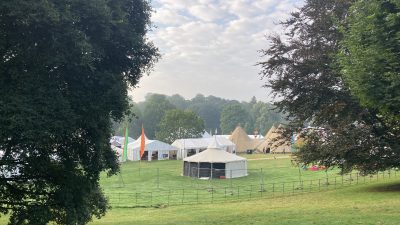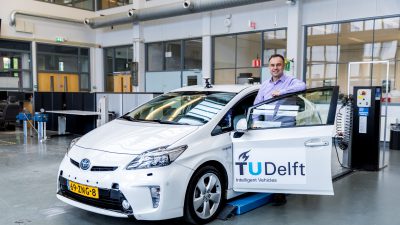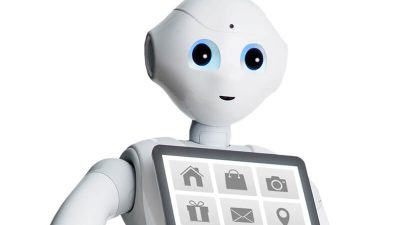News

News
Grip or slip; robots need a human sense of touch

News
CEO of ASML visits RoboHouse

News
Hotelschool The Hague, TU Delft and RoboHouse join hands to experiment with ‘hospitality robotics’

Report
Question Everything. That’s How The Light Gets In.

News
Delft DEMO: Does the robot do what it was designed for?

News
RoboHouse launches The Unforeseen Effects Dossier

News
€1.5m for making enterprise in Zuid-Holland future proof

News
Shelf-stocking robot to explain its decisions

News
‘Just embrace the deep sea’ – two RoboHouse trainees reflect

News
Oncologists to reach prostate with robot

News
Just us. 100% expert free

News
Space for Master, Minor and much more: RoboHouse opens EDUCATE

News
RoboCafé to discuss educational impact of student moonshots

News
Fieldwork produces modesty

News
Delft robotics company IMSystems raises 3 million euro and announces global manufacturing partnership

News
Contactless interaction between human and robot

News
Tasty vegetables from a smart green house

News
Robots and humans will learn to understand each other

News
Self-driving cars begin to understand road users’ behaviour

News
New, biology inspired robot brain

News
Picking asparagus for 10 hours straight? This robot is learning how.

News
Underwater robots: no one can help them down there

News
Obstacles may cause less problems for smart robots
